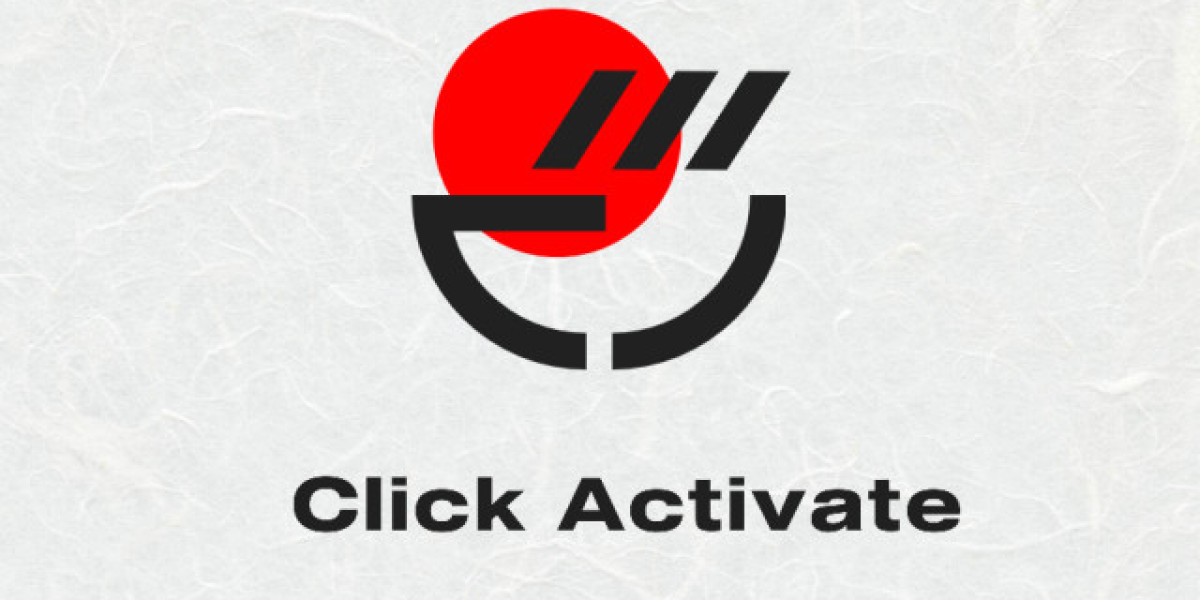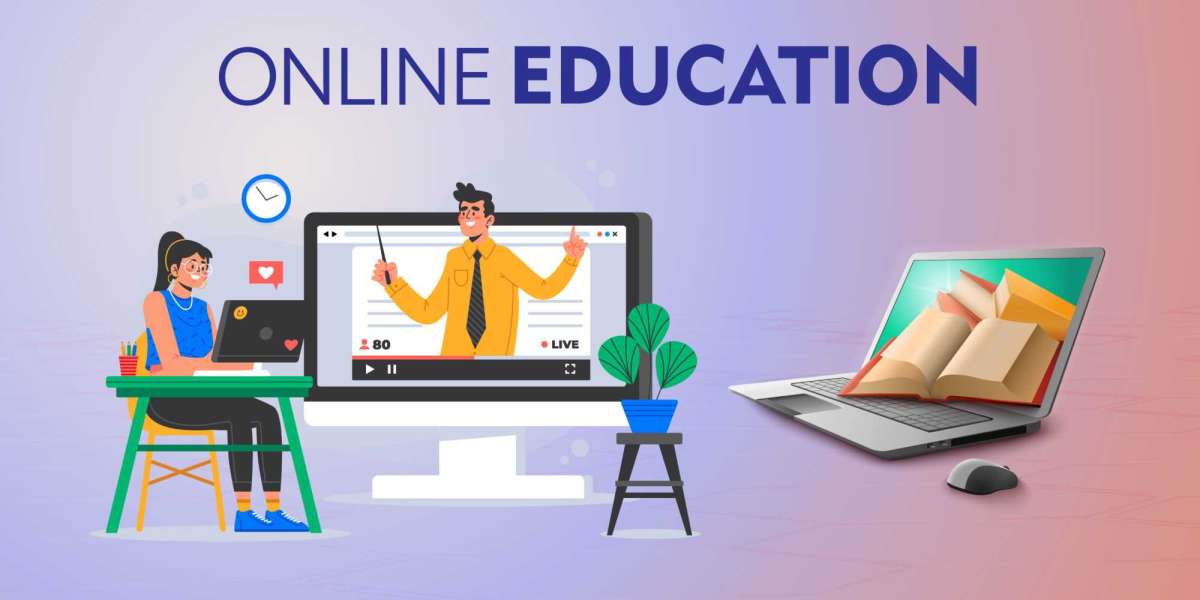Gamification is the process of using game design elements in non-game contexts to motivate and engage people. In recent years, gamification has gained popularity in education as a way to enhance student motivation, engagement, and learning outcomes.
The use of gamification in education involves incorporating game mechanics, such as points, levels, badges, leaderboards, or challenges, into educational activities and materials. By doing so, educators aim to create a more interactive and personalized learning experience that can capture students' attention and encourage them to learn.
Engagement and motivation
One of the key benefits of gamification in education is that it can increase student engagement and motivation. By using game mechanics, educators can create a sense of competition, achievement, and progress that can motivate students to complete tasks, explore new content, and learn from their mistakes. Additionally, gamification can provide immediate feedback and rewards, which can reinforce positive behavior and help students stay focused and interested in their learning.
Community and collaboration
Another benefit of gamification in education is that it can foster a sense of community and collaboration among students. By incorporating group challenges or collaborative activities, educators can encourage students to work together, share their knowledge and skills, and learn from each other. Additionally, gamification can help to reduce the anxiety and stress associated with traditional assessment methods by providing a more relaxed and playful learning environment.
Increase student engagement
Despite these challenges, the benefits of gamification in education are significant. Gamification can increase student engagement, motivation, and learning outcomes, foster a sense of community and collaboration, and develop valuable skills. As such, educators should consider incorporating gamification strategies into their teaching practices, while being mindful of the potential risks and challenges. With the right approach, gamification can become a powerful tool for enhancing student learning and achieving academic success.
Digital tools for educational tasks
Gamification can also help students develop a range of skills that are valuable in today's world. By using game mechanics, students can develop problem-solving skills, critical thinking skills, creativity, and communication skills. Additionally, gamification can provide opportunities for students to develop digital literacy skills, as they learn how to use digital tools and platforms to complete educational tasks.
However, there are also some challenges associated with the use of gamification in education. One of the main challenges is to ensure that the game mechanics used are aligned with the learning objectives and outcomes. Additionally, educators need to be aware of the potential risks associated with gamification, such as the risk of addiction or over-reliance on external rewards.
Useful strategy for programming
Gamification can be a useful strategy for programming assignment help as it can enhance students' motivation and engagement in programming tasks. Here are some ways in which gamification can be applied to programming assignment help:
Points, badges, and levels:
Students can earn points, badges, and levels for completing programming assignments, debugging code, or solving programming challenges. These rewards can provide immediate feedback and reinforce positive behavior, encouraging students to continue learning and exploring new concepts.
Leaderboards:
Leaderboards can be used to showcase the top-performing students in programming assignments, motivating other students to improve their skills and climb the leaderboard. This can create a sense of friendly competition and community among students.
Challenges:
Programming challenges can be created to test students' skills and knowledge in programming. These challenges can be designed to be progressively more difficult, providing a sense of achievement as students progress through the challenges.
Collaboration:
Group projects or collaborative programming assignments can be designed to encourage students to work together, share their knowledge and skills, and learn from each other. This can also help to develop teamwork and communication skills.
Game-based learning:
Programming concepts can be taught using game-based learning, where students engage in games or simulations that involve programming concepts. This can make learning more fun and interactive, while also helping students develop problem-solving skills and critical thinking skills.
Overall, gamification can be a useful strategy for programming assignment help as it can enhance students' motivation and engagement in programming tasks. By using game mechanics, such as points, badges, leaderboards, and challenges, educators can create a more interactive and personalized learning experience that can capture students' attention and encourage them to learn.








